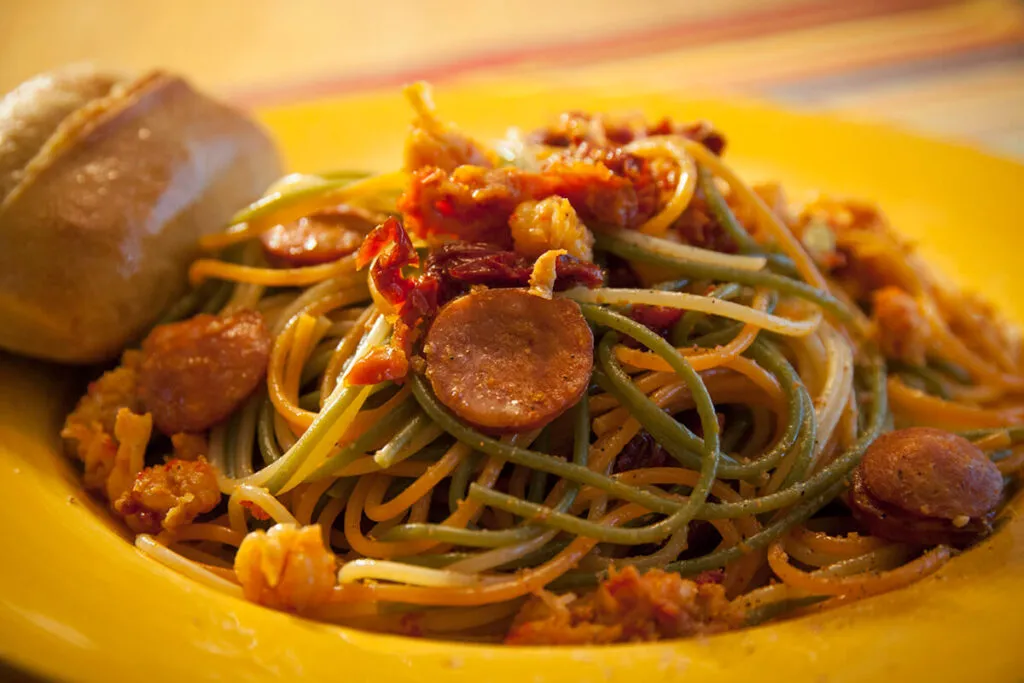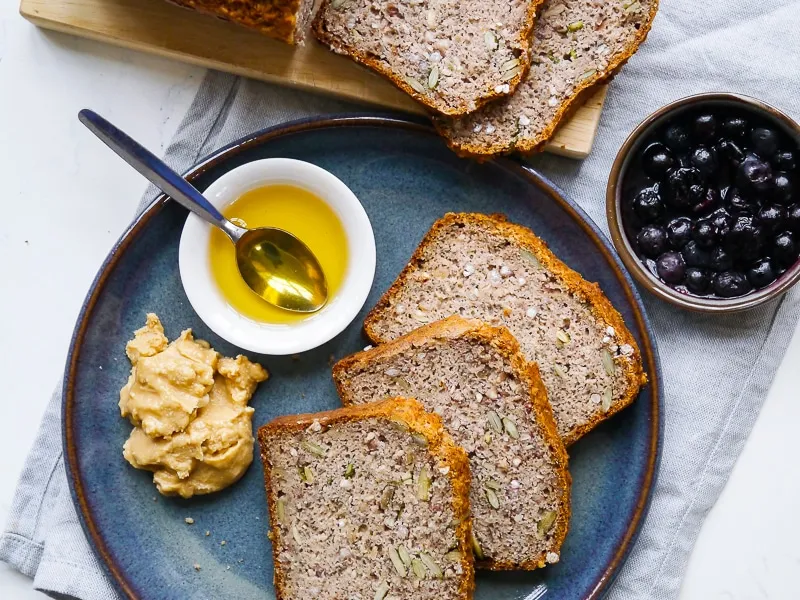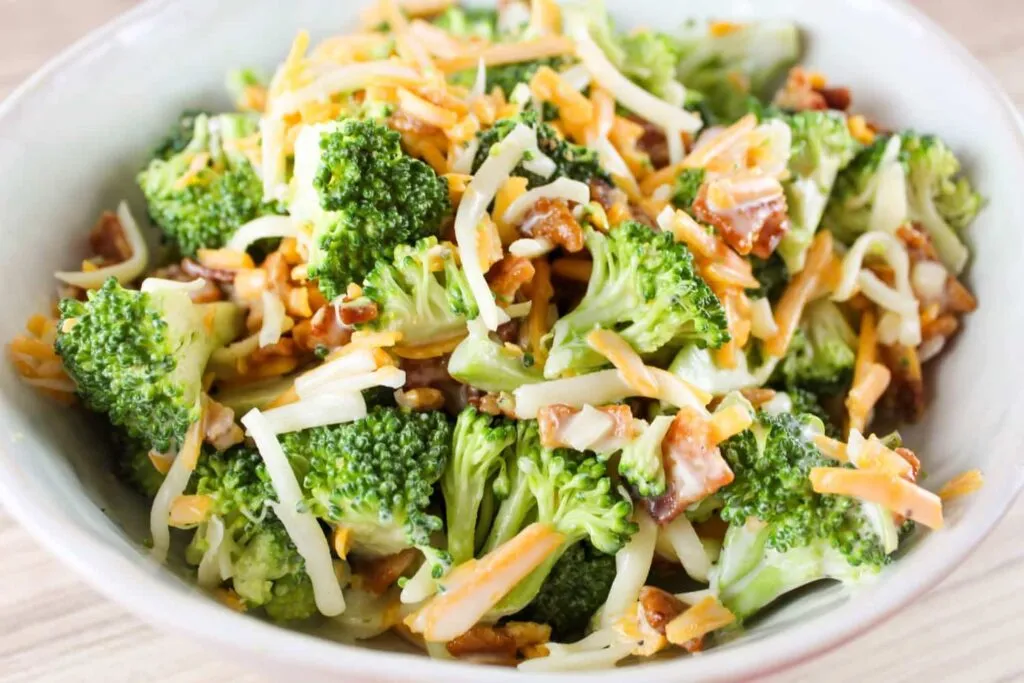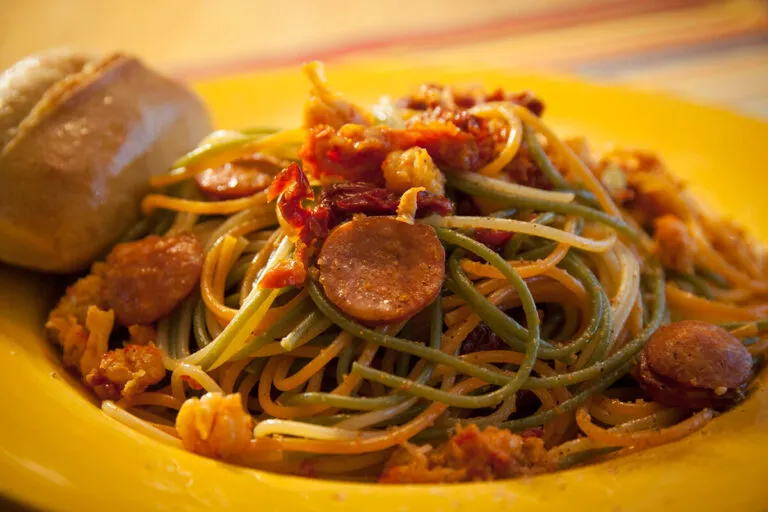The Vegetable Curry Recipe is a flavorful and nutritious dish that is easy to prepare. This recipe combines a variety of fresh vegetables with aromatic spices to create a delicious curry dish that can be enjoyed with rice or bread.
Vegetable curry is a popular dish in many cuisines around the world, known for its rich flavors and versatility. Whether you’re a seasoned chef or a beginner in the kitchen, this recipe is simple to follow and requires basic ingredients that are likely already in your pantry.
With a few simple steps, you can have a delicious and satisfying vegetable curry ready to serve to your family or guests. Follow along for a step-by-step guide to creating this delectable dish that is sure to become a favorite in your home.

Table of Contents
ToggleKey Ingredients
Discover the essential key ingredients for a delectable vegetable curry recipe. The flavorful combination of fresh vegetables, aromatic spices, and creamy coconut milk delivers a satisfying and nourishing meal. Elevate your culinary skills by incorporating these key ingredients into your next vegetable curry.
Key Ingredients When it comes to creating a delicious and wholesome Vegetable Curry, the key lies in its ingredients. Here’s a breakdown of the essential components that go into making this flavorful and aromatic dish.
Selection Of Vegetables
When selecting the vegetables for your curry, opt for a colorful and diverse mix that includes potatoes, carrots, bell peppers, cauliflower, and green peas. This combination not only adds visual appeal to the dish but also ensures a good balance of flavors and textures.
Spices And Seasonings Required
To infuse the curry with its rich and aromatic flavors, you will need an array of spices and seasonings. Key spices include cumin seeds, coriander powder, turmeric powder, and garam masala. Additionally, fresh ginger, garlic, green chilies, and onions will enhance the overall taste of the curry. Incorporating these essential ingredients will result in a Vegetable Curry that is bursting with vibrant colors, robust flavors, and a delightful medley of textures.
Preparation
When preparing a delicious Vegetable Curry, the preparation stage is crucial to ensure a flavorful dish.
Chopping And Dicing Vegetables
Start by washing the vegetables thoroughly to remove dirt and pesticides.
- Peel the carrots and potatoes for the curry.
- Chop the onions, and bell peppers, and dice the tomatoes finely.
- Cut the carrots and potatoes into uniform cubes for even cooking.
Preparing The Curry Base
Create a paste by blending onions, garlic, and ginger.
- Heat oil in a pan and add cumin seeds for flavor.
- Saute the onion paste until golden brown and aromatic.
- Add spices like turmeric, cumin, coriander, and garam masala for richness.
Cooking Process
Welcome to the flavorful journey of preparing a delicious Vegetable Curry! Let’s dive into the exciting steps involved in creating this aromatic dish.
Sautéing The Vegetables
Start by heating oil in a pan and adding diced veggies like bell peppers, carrots, and peas.
Sauté the vegetables until they turn tender and slightly browned for about 5-7 minutes.
Stir occasionally to ensure the cooking of all the vegetables.
Adding Spices And Cooking The Curry
Sprinkle a blend of curry powder, turmeric, and cumin over the sautéed vegetables.
Mix thoroughly to coat the vegetables with the aromatic spices.
Pour in coconut milk and let the curry simmer for 10-15 minutes.
Taste the curry and adjust the seasoning if needed before serving.
Additional Tips
As you dive into the world of creating a delectable vegetable curry, it’s essential to consider some additional tips that can enhance the overall flavor and experience of the dish. By carefully balancing flavors and adjusting spice levels, you can elevate your curry to a whole new level of culinary excellence. Let’s take a closer look at these essential tips that will guide you towards creating the perfect vegetable curry.
Balancing Flavors
When aiming to achieve a well-rounded and harmonious flavor profile in your vegetable curry, it’s paramount to pay attention to the balance of tastes. Incorporating elements of sweetness, tanginess, spiciness, and umami can elevate the depth of flavors in your curry to an unparalleled level. Consider experimenting with different ingredients such as coconut milk for creaminess, tamarind for a hint of sourness, and garam masala for warmth. By delicately balancing these elements, you can create a curry that captivates the taste buds and leaves a lasting impression.
Adjusting Spice Levels
Each individual has a unique preference when it comes to the level of spiciness they can tolerate. Therefore, it’s crucial to have the flexibility to adjust the spice levels in your vegetable curry according to personal preferences. Through the gradual addition of spices such as chili powder, red pepper flakes, or fresh chili peppers, you can tailor the heat of the curry to suit your desired intensity. Remember to taste the curry as you go along and make incremental adjustments to ensure that the spice levels are perfectly aligned with your preferences.

Serving Suggestions
Enhance the flavors of your Vegetable Curry Recipe with these delicious serving suggestions.
Accompaniments
Pair your Vegetable Curry Recipe with these tasty accompaniments:
- Steamed basmati rice
- Roti or naan bread
- Mixed vegetable salad
These accompaniments complement the spiciness and richness of the curry, creating a well-rounded meal.
Garnishing Techniques
Add visual appeal and freshness to your Vegetable Curry Recipe with these garnishing techniques:
- Sprinkle fresh cilantro leaves on top
- Drizzle some lemon juice for a tangy kick
- Garnish with a dollop of yogurt for a creamy finish
These garnishing techniques not only add aesthetics to the dish but also enhance the taste and texture.
Enjoy your Vegetable Curry Recipe Totk with these serving suggestions and elevate your dining experience!
Variations
Discover the diverse flavors of the Vegetable Curry recipe, a delightful twist on a traditional dish with a medley of colorful veggies and aromatic spices. This exotic curry promises a burst of flavor in each delectable bite, making it a must-try for any culinary enthusiast.
Regional Varieties
Vegetable curry is a versatile dish that can be adapted to suit various regional preferences. Different countries and cultures have their own take on this classic recipe, adding unique flavors and ingredients that make each version distinctive and delicious.
One popular regional variation is the Indian vegetable curry, known for its rich blend of spices and aromatic flavors. This curry typically includes a combination of vegetables like potatoes, carrots, peas, and cauliflower cooked in a fragrant sauce made from garam masala, turmeric, ginger, and garlic. It’s often served with basmati rice or warm naan bread.
In Thailand, vegetable curry takes on a slightly different character. Thai curries are known for their bold and vibrant flavors, often combining ingredients like lemongrass, galangal, and kaffir lime leaves. The curry paste used in Thai vegetable curry usually includes a blend of spices like coriander, cumin, and Thai chili peppers. Coconut milk is also added to create a creamy and luscious sauce that pairs perfectly with the assortment of vegetables.
For those who enjoy a spicier kick, the Malaysian vegetable curry is an excellent choice. This variation often features a generous amount of chili peppers, giving it a fiery heat that packs a punch. Along with the spice, Malaysian curries also incorporate ingredients like tamarind, turmeric, and kerisik (toasted coconut), creating a unique and intense flavor profile.
Vegan Or Gluten-free Options
If you follow a vegan or gluten-free diet, you’ll be happy to know that vegetable curry can be easily adapted to suit your dietary preferences.
For vegans, simply omit any animal-based ingredients like meat, fish sauce, or shrimp paste and replace them with plant-based alternatives. Instead of chicken broth, use vegetable broth or coconut milk as the base for your curry. You can also add extra protein with ingredients like tofu, tempeh, or chickpeas.
To make vegetable curry gluten-free, it’s important to choose the right ingredients and be mindful of any potential sources of gluten. Avoid using regular soy sauce, as it contains wheat. Instead, opt for gluten-free tamari or coconut aminos as a substitute. Check the labels of curry paste and sauces to ensure they are gluten-free.
In conclusion, regional varieties and dietary adaptations provide an abundance of options when it comes to vegetable curry recipes. Whether you prefer the bold and fragrant Indian curry or the spicy and flavorful Malaysian version, there’s a variation that will tantalize your taste buds.
Frequently Asked Questions On (Vegetable Curry Recipe)
How To Make Vegetable Curry?
To make a delicious vegetable curry, gather fresh veggies, sauté them with spices, and cook with coconut milk.
What Vegetables Can I Use For Vegetable Curry?
You can use a variety of vegetables like carrots, bell peppers, peas, potatoes, and cauliflower for a flavorful vegetable curry.
Is Vegetable Curry Suitable For Vegetarians?
Yes, vegetable curry is an excellent option for vegetarians as it contains no meat but is packed with wholesome and flavorful ingredients.
How Can I Customize The Spice Level Of Vegetable Curry?
To adjust the spice level of your vegetable curry, add more or less chili powder or use milder spices like paprika. Adjust to your taste preference.
Conclusion
Incorporating vegetable curry into your diet can provide a delicious and nutritious meal option. With its blend of aromatic spices and vibrant vegetables, this recipe offers a satisfying and flavorful dining experience. By following this simple yet flavorful recipe, you can easily enjoy the benefits of a homemade vegetable curry dish.











